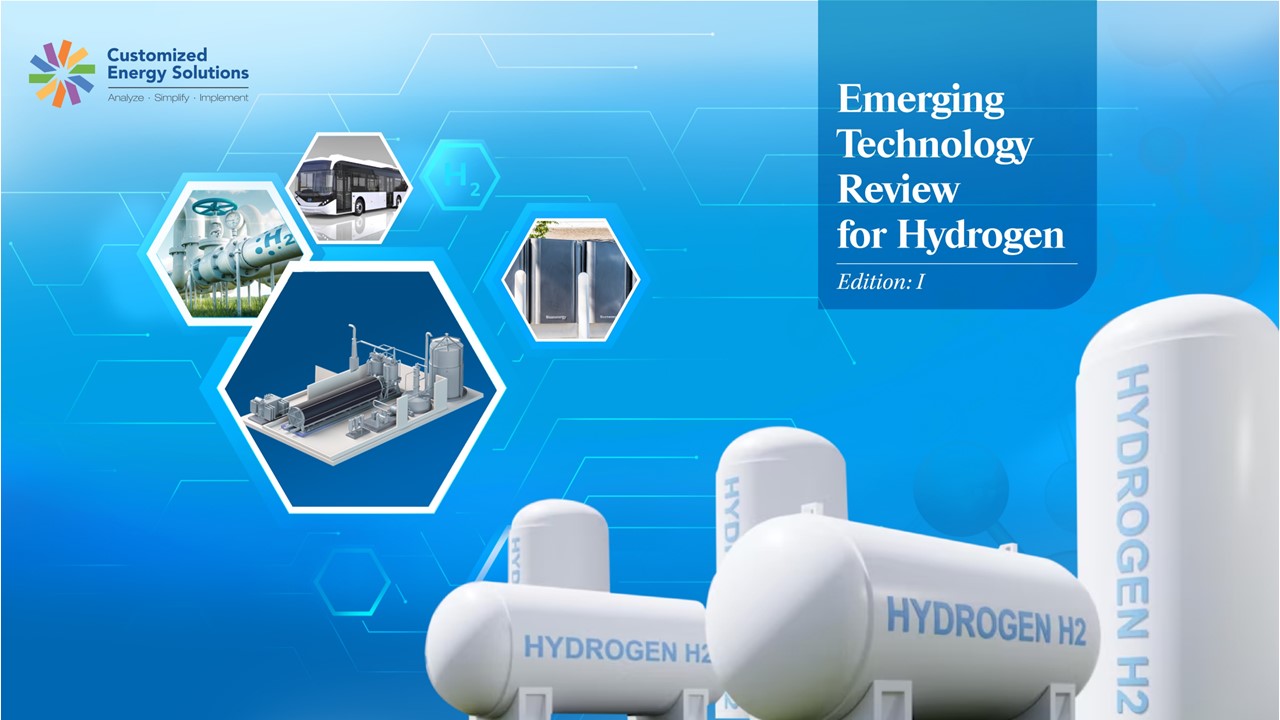-
- RE integration to account for the maximum share of FTM energy storage application owing to large capacity tenders being announced by the Central and State agencies.
- Lithium-ion and pumped hydro are the two dominant ESS technologies being deployed in the country.
- Battery chemistries such as vanadium redox flow batteries, advanced lead acid batteries, and zinc bromide batteries are currently being tested by OEMs through pilot projects for grid-scale applications.
India’s front-of-the-meter energy storage market is expected to witness an annual installation of around 20 GWh by 2030, according to India Stationary Energy Storage Market Overview Part I: Front-Of-The-Meter (FTM) 2022- 2030. Currently, the installed base of BESS for various chemistries in India is around 41 MWh.
The report covers FTM energy storage applications for grid-scale renewable energy integration, DISCOM-side integration, and ancillary services.
According to the report, the prime factors boosting the FTM energy storage market in India, include India’s ambitious RE targets, supportive government policies, and regulations along with RE tender issuance by government agencies such as Solar Energy Corporation of India (SECI), National Thermal Power Corporation (NTPC), Gujarat Urja Vikas Nigam Limited (GUVNL) and Karnataka State Electricity Board (KSEB).
In a major boost to the FTM energy storage market, in March 2022, the Ministry of Power notified new guidelines on the procurement of battery energy storage systems (BESS) and energy storage obligations for DISCOMs. Further, Budget 2023 announced viability gap funding for 4,000 MWh of BESS projects in the country.
FTM energy storage installation in India is marred with several challenges such as high capital cost, lack of clarity in the tender documents, and delay in tender issuance and project development. However, initiatives by the central & state government are expected to boost front-of-the-meter ESS projects in the country in the forecast period.
Various state governments are further taking active steps to increase FTM energy storage projects by announcing tenders and including energy storage obligations in the state policies. The state of Chhattisgarh, Bihar, Madhya Pradesh, Himachal Pradesh, and Haryana have already set energy storage obligations in addition to renewable purchase obligations for the DISCOMs.
FTM Energy Storage Market Overview, 2021-2022
RE integration accounts for a major share of energy storage projects being deployed and under development in the country. Modhera is the first RE integration project completed in the state of Gujarat. Installed in 2021, it comprises 6 MW solar with 7 MW/19.2 MWh of BESS. Companies such as Greenko, JSW Energy, and Ayana Renewables have emerged as winners of energy storage tenders organized by agencies such as SECI, NTPC, and MSEDCL.
*
*Figure excludes tenders & projects by central agencies such as SECI & NTPC which are PAN India and for which location is not known
The DISCOM-side ESS comprises of few kWh to 10 MWh for applications such as peak load shifting, distribution deferral, and energy arbitrage. DISCOMs such as Tata Power DDL, CESC, BYPL, and BSES Rajdhani are some of the companies operating DISCOM-side ESS projects. Tenders have been issued by states DISCOMs of Uttar Pradesh and Haryana.
The report acknowledges that the ancillary services market is yet to pick up in India due to a lack of supportive policies and regulations benefiting end users. SECI pilot project of 500 MW/1000MWh standalone BESS to be implemented in Rajasthan had mentioned a specific share of power to be given to NLDC & POSOCO for grid ancillary services. Currently, no ESS project has been deployed specifically for ancillary services applications in the country.
Lithium-ion battery energy storage systems (BESS) and pumped hydro have evolved as the two winners in terms of grid-scale tenders. Tenders that require storage of less than 4-hours prefer lithium-ion technology whereas for longer-duration storage, pumped hydro technology has emerged as the preferred choice. New battery chemistries such as vanadium redox flow battery (VRFB), advanced lead acid battery, and zinc bromide battery are being tested by OEMs through pilot projects for grid-scale applications.
Source: CES Analysis
Additional Key Points Covered:
- India FTM Energy Storage Market Drivers
- Central Level Policy & Regulations
- Detailed State Policy Analysis
- Energy Storage for RE Integration Market Developments
- Distribution Utility ESS Integration Market Developments
- Fast Response Ancillary Services Market Developments
- Market Estimates & Forecasts (Units, GWh) for 3 scenarios from 2021 – 2030
- Key Stakeholders
- Global Case Studies on FTM Energy Storage
Who Should Buy the Report:
- Project Developers
- Energy Storage Companies
- Component & Balance of Plant Companies
- Utilities & Discoms
- Independent Power Producer
- Financial Institution & Investors








 Policy & Regulatory Advocacy
Policy & Regulatory Advocacy






